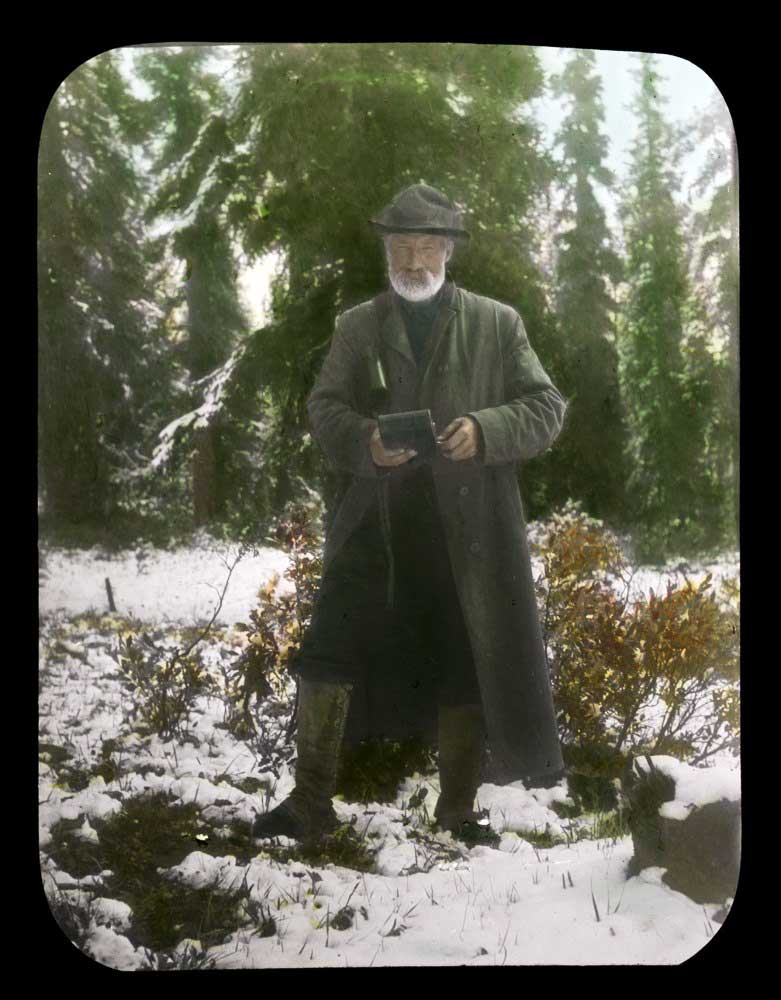British Columbia. Lake:
Fraser River drainage
Former name of
Yellowhead Lake
Earliest known reference to this name is 1824 (Simpson)
Not currently an official name.
In 1824, George Simpson [1792–1860], heading for the Athabasca Pass, noted, “the track for Cranberry Lake takes a Northerly direction by Cow Dung River.” The Cow Dung River was the Miette and Simpson’s Cranberry Lake may have been preset-day Yellowhead Lake.
John Arrowsmith’s 1859 map shows “Cow dung L.” as the western lobe of Yellowhead Lake (the eastern lobe is labeled “Moose L.”).
In 1862, when the Overlander gold seekers crossed Yellowhead Pass (which they called Leather Pass) they camped on Cow Dung Lake. A year later, the lake was known to Milton and Cheadle as Buffalo Dung Lake.
The name “Cowdung L.” appears on B.C. Surveyor General Joseph Trutch’s 1871 map of British Columbia, between Moose Lake and the Yellowhead or Leather Pass.
References:
- Simpson, George [1792–1860], and Merk, Frederick [1887–1977], editor. Fur trade and empire. George Simpson’s journal entitled Remarks connected with fur trade in consequence of a voyage from York Factory to Fort George and back to York Factory 1824-25. Cambridge, Mass.: Harvard University Press, 1931. University of British Columbia Library
- Arrowsmith, John [1790–1873]. Provinces of British Columbia and Vancouver Island; with portions of the United States and Hudson’s Bay Territories. 1859. UVic
- Milton, William Wentworth Fitzwilliam [1839–1877], and Cheadle, Walter Butler [1835–1910]. The North-West Passage by Land. Being the narrative of an expedition from the Atlantic to the Pacific, undertaken with the view of exploring a route across the continent to British Columbia through British territory, by one of the northern passes in the Rocky Mountains. London: Cassell, Petter and Galpin, 1865. Internet Archive

